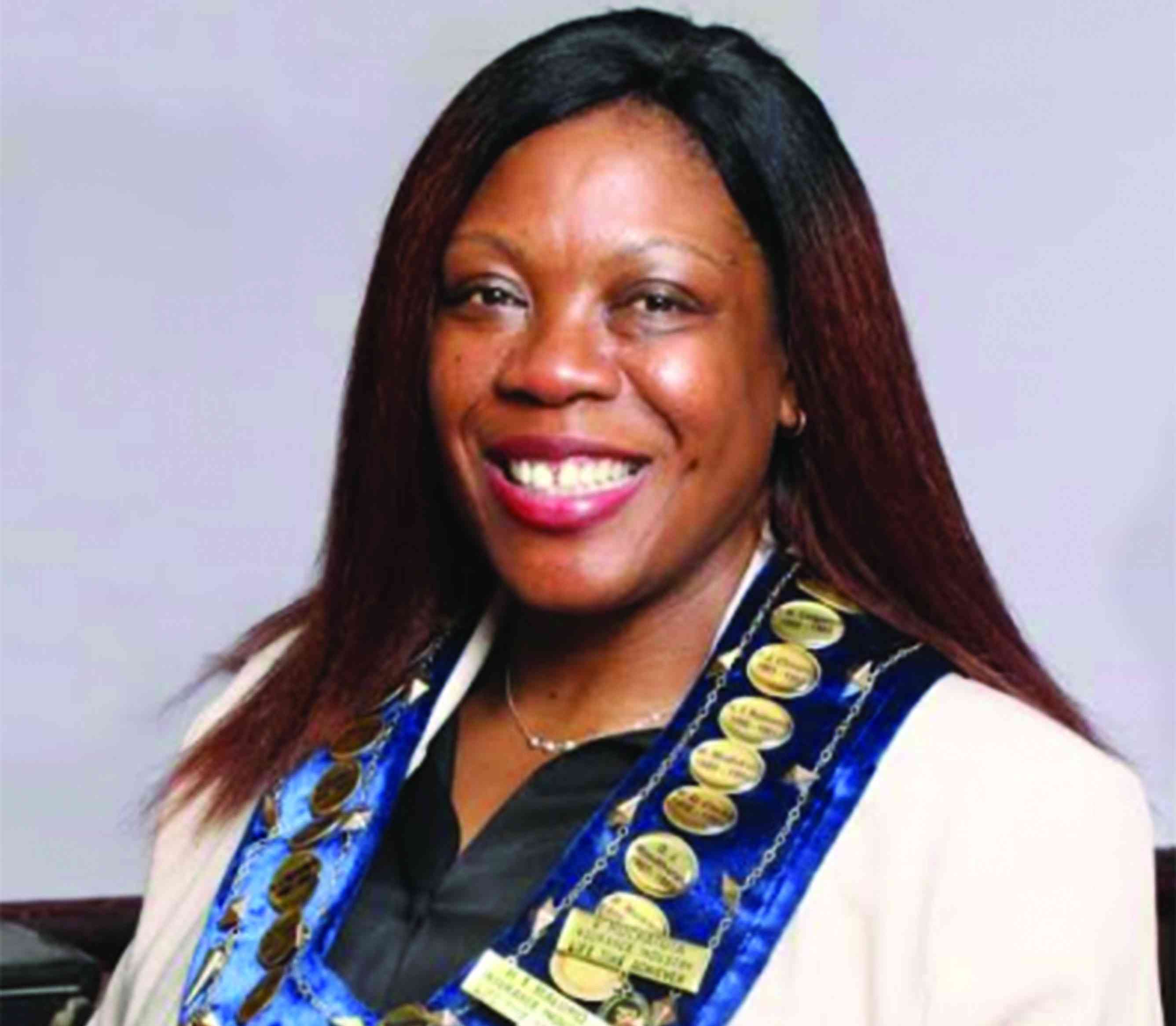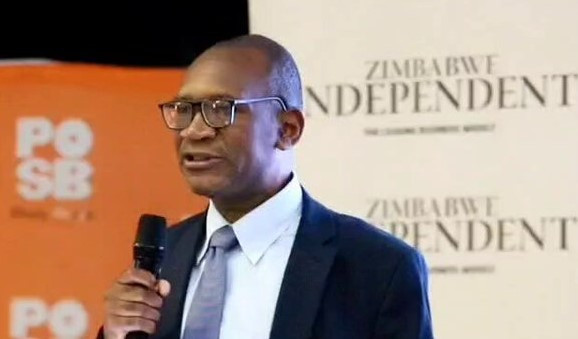
Apart from the grand rhetorical flourishes, any national budget is a concrete test of a government’s vision. In Zimbabwe’s case, the ruling administration repeatedly asserts the country should attain “middle-income status by 2030” under the banner of National Development Strategies (NDS1&2) and the larger “Vision 2030”. But we must ask: does the forthcoming 2026 budget reflect the economic terrain in which it is being drawn and signal a credible path to that goal — or is it, as so many budgets are, more aspirational than substance?
Opportunity and fragility
Let’s begin with the setting. Zimbabwe finds itself in an ambiguous moment. On one hand, commodity tailwinds offer hope: global gold prices have surged, sending a strong signal to mining and export-oriented sectors.
According to one estimate, gold export revenues in the first five months of 2025 rose by 25% to about US$740 million as output climbed 43% to 20 metric tonnes. The mining laboratories are reportedly “overwhelmed” by exploration demand. Thus, the government does have a real external window of opportunity.
On the flip side — and a major caveat — the rest of the economy remains deeply unstable. According to Afrobarometer unemployment was about 21,8% in 2024 with most people counted as employed in the informal sector. The informal sector dominates; over 75% of economic activity reportedly lies outside the formal system, severely limiting tax revenues and the capacity of the state to plan or underwrite services. Foreign aid is also drying up.
Earlier US administrations provided significant health and agriculture aid to Zimbabwe, but recent policy moves have reduced those flows. The result: a narrowing margin for error as government finances and investor trust remain fragile.
Add to this the currency and inflation risks: the gold-backed local currency (the ZiG) is still navigating legitimacy, and macro forecasts are vulnerable to shifts in commodity markets, droughts and global financing conditions.
Growth was only 2% in 2024, and although the 2025 budget projects 6% growth, that is a large leap. In short: Zimbabwe is at a crossroads where the external wind is favourable, but the structural engines remain weak.
- Mavhunga puts DeMbare into Chibuku quarterfinals
- Bulls to charge into Zimbabwe gold stocks
- Ndiraya concerned as goals dry up
- Letters: How solar power is transforming African farms
Keep Reading
2025 budget vs mid-term review
It is therefore useful, indeed imperative, to look backward at the 2025 national budget, issued under the theme “Building Resilience for Sustained Economic Transformation”.
The main figures: expenditure for 2025 was set at about ZiG276,37 billion (from ZiG119,97 billion in 2024) and revenue projected at about ZiG270,3 billion, giving a budget deficit of roughly ZiG6,1 billion. In other words, the budget was ambitiously built on an assumption of recovery from a weak base.
The 2025 Mid-Term Budget and Economic Review (June–July 2025) brings sharper clarity. The economy was rebased to a GDP of US$45,7 billion (up over 30 %) — which improves many ratios on paper but does not magically resolve structural problems. The revenue-to-GDP ratio has dropped to roughly 15 %. This fall suggests the state’s capacity to raise taxes (especially in the informal-dominant economy) is weak.
Policy aims vs budget reality
The 2025 budget placed emphasis on some sectors such as health, education and agriculture. The energy sector was not prioritised as expected — if the government truly believes the future is electric.
But the mid-term review reveals that disbursement rates in key sectors (for example women’s affairs, youth empowerment) were extremely low (31% and 28% respectively) and the energy sector was “de-prioritised”, receiving only 32% of its allocated budget.
Overspending in other areas: the Office of the President and Cabinet had used 81% of its budget by June despite the year being half done. What this tells us: the 2025 budget had the trappings of a forward-looking plan aligned with Vision 2030, but the mid-year review indicates serious gaps between allocations, disbursements and structural reform.
In particular, the drop in revenue collection (despite high ambitions) and the weak link between budget and execution suggest the government is not yet able to deliver on its plan.
What should the 2026 budget include to show real commitment to Vision 2030?
With consultations underway for the 2026 budget, what would a credible and people-centred budget look like, given the environment? Here are several key priorities that the government should embed:
Invest in energy and infrastructure
Zimbabwe frequently proclaims its future is digital, innovation-driven and middle income. But if the energy sector receives only 32% of its allocation (mid-term 2025) and execution is weak, the foundation is shaky. Reliable power, transmission, renewables and off-grid solutions are crucial.
The 2026 budget must significantly raise the share of the budget devoted to energy, renewables, grid extension, public private partnerships in generation and clean cooking solutions (especially given that energy poverty hits women and youth hardest).
Formalise the informal economy
With the informal sector dominating three quarters of the economy, the tax base is thin and the state remains starved of resources. The budget must allocate resources to strengthen registration, compliance, digital tax platforms (virtual fiscalisation, digital tax records) and SME formalisation incentives.
Leverage the mining export boom
High gold prices give Zimbabwe an unusual opportunity. But governments that merely extract without building backward linkages or public investment end up reinforcing dependency. The 2026 budget should create a mineral rent fund, allocate a portion of extraordinary mining profits to human capital (education, health) and require companies to invest in processing locally rather than pure extraction. This both aligns with Vision 2030 and addresses job creation.
Digital infrastructure
If the vision is “digital Zimbabwe, middle income by 2030”, then the budget must allocate serious funds to Information Communication Technology (ICT), broadband expansion, e-government, education and job training pipelines for the digital economy. The 2025 mid-term review noted allocations of ZiG436,9 million and ZiG54,3 million for digital infrastructure.
Embed transparency, accountability
The rebasing of GDP to US$45,7 billion (mid-2025) improves some ratios but risks masking structural weakness. The budget should include realistic revenue forecasts, conservative expenditure ceilings, and a realistic deficit path — without slipping back into heavy central bank financing. A people-centred budget will tell the truth, not just hype the future.
Capacitate local startups
So, does the 2025 budget (and by extension the forthcoming 2026 budget) appear to be people-centred and honest? My verdict is, “partially’. On the one hand, the government deserves credit for setting an ambitious growth target (6% for 2025), aligning the budget with a long-term vision and recognising sectors such as mining, ICT, agriculture and health as key drivers.
But on the other hand, the execution record and funding priorities show a gap between rhetoric and practice. Until the government significantly uplifts energy investment, closes the informal economy tax base gap, delivers in social inclusion, and channels mining windfalls into broad-based development, the budget remains a statement of intent rather than a roadmap. Without this coherence, declaring “middle-income by 2030” risks being empty words.
In short: the upcoming 2026 budget has to demonstrate more than ambition. It must show alignment of resources with the foundational prerequisites of growth: energy, formalisation, digital infrastructure, human capital. If it does so, Zimbabwe may indeed be taking a credible step to reset its trajectory. If not, then the documents will serve more as wish lists than working tools. The citizens deserve better than that.
- Nota is an economist, public health advisor and compliance and ethics professional. He is the founder of Naval Global and previously served in both academic and policy roles in the United States. This article was coordinated by Lovemore Kadenge, an independent consultant, managing consultant of Zawale Consultants (Pvt) Ltd, past president of the Chartered Governance & Accountancy Institute in Zimbabwe (CGAIZ Zimbabwe). — [email protected] or mobile: +263 772 382 852.











